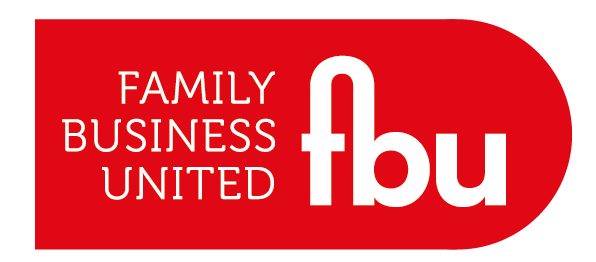Is The First Generational Transition The Hardest?
- Paul Andrews - Founder & CEO, Family Business United

- Nov 27, 2023
- 3 min read
Updated: Aug 12, 2025

The transition from a first-generation family business to a second generation is a complex process fraught with challenges for many reasons, commercial and emotional. When taking to family business owners who have created something from a personal ambition and it has grown to a size that can be passed on to the next generation that they struggle to let go, find it emotionally challenging to pass on something that they have quite literally created, and feel alone when contemplating the decisions that need to be made.
One primary difficulty arises from the emotional ties that founders often have with their businesses. The visionary zeal and personal sacrifices made by the first generation may create an emotional connection that is challenging to replicate, and a bond that is often referred to as 'an extra child' too. Consequently, second-generation leaders may struggle to match the same level of passion and commitment, or may be perceived to have lesser levels of such by the first generation founders.
Another obstacle causing the first to second generation challenge stems from the shifting dynamics within the family. The first generation typically establishes the business, and as the second generation assumes leadership, familial relationships become entangled with business decisions. Striking a balance between family harmony and sound business practices can be delicate, leading to potential conflicts and strained relationships.
Moreover, the skills required to start a business may differ significantly from those needed to sustain and grow it. The entrepreneurial spirit of the first generation might not seamlessly translate into the managerial expertise necessary for the business's continuity. This skills gap can hinder the second generation's ability to navigate the complexities of modern markets and evolving business landscapes. The skills required will also continue to evolve and as we see today when looking at multi-generational family firms, the CEO and leaders of today are very different to their equivalents from just ten or so years ago.
In addition, resistance to change within the organisation can impede a smooth transition. Employees and stakeholders accustomed to the first-generation leadership style may resist new approaches introduced by the second generation. Overcoming this resistance requires effective communication, strategic planning, and a gradual implementation of changes to ensure continuity while fostering innovation.
Furthermore, the lack of a well-defined succession plan often exacerbates the challenges of transitioning from the first to the second generation. Without a clear roadmap, uncertainty can prevail, leading to power struggles, ambiguity in decision-making, and potential disruptions to the business operations.
Financial considerations also play a pivotal role in the difficulty of this transition. Second-generation leaders may inherit a business with financial constraints or outdated systems, necessitating strategic financial planning and investments to ensure sustainability and growth.
In conclusion, the transition from first to second-generation family business is intricate, involving emotional, familial, skill-related, organizational, and financial challenges. Successful transitions often require a combination of effective communication, strategic planning, adaptation to change, and a commitment to preserving the core values while embracing innovation.
Transition is never easy but does need to happen at some point and successful family businesses that go on to survive for many generations have solid governance frameworks, good communication and recognise the need to have honest and open conversations and to start the conversations and planning as early as possible to allow them a greater chance of success and achieving a successful succession process too.








%20copy%20(4)%20copy%20(1)%20copy%20copy%20(1)%20copy%20(1)-Medium-Quality.jpg)



.png)
























